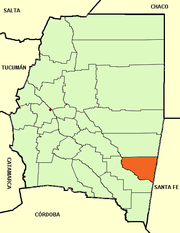
ARA General Belgrano (C-4) was an Argentine Navy light cruiser in service from 1951 until 1982. Originally commissioned by the U.S. Navy as USS Phoenix, she saw action in the Pacific theatre of World War II before being sold to Argentina. The vessel was the second to have been named after the Argentine founding father Manuel Belgrano (1770–1820). The first vessel was a 7,069-ton armoured cruiser completed in 1896.
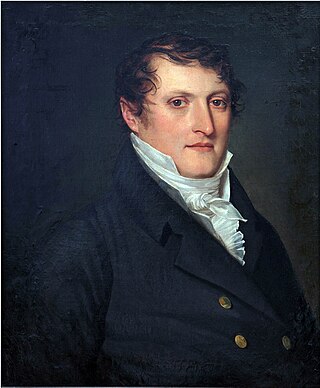
Manuel José Joaquín del Corazón de Jesús Belgrano y González, usually referred to as Manuel Belgrano, was an Argentine public servant, economist, lawyer, politician, journalist, and military leader. He took part in the Argentine Wars of Independence and designed what became the flag of Argentina. Argentines regard him as one of the main Founding Fathers of the country.

The national flag of the Argentine Republic, often referred to as the Argentine flag, is a triband, composed of three equally wide horizontal bands coloured light blue and white. There are multiple interpretations on the reasons for those colors. The flag was created by Manuel Belgrano, in line with the creation of the Cockade of Argentina, and was first raised at the city of Rosario on February 27, 1812, during the Argentine War of Independence. The National Flag Memorial was later built on the site. The First Triumvirate did not approve the use of the flag, but the Asamblea del Año XIII allowed the use of the flag as a war flag. It was the Congress of Tucumán which finally designated it as the national flag, in 1816. A yellow Sun of May was added to the center in 1818.

Belgrano is a northern and leafy barrio or neighborhood of Buenos Aires, Argentina.
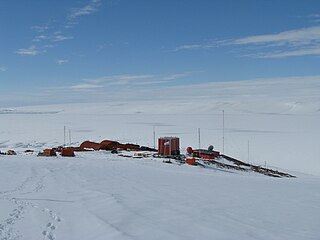
Belgrano II Base is a permanent, all year-round Argentine Antarctic base and scientific research station named after General Manuel Belgrano, one of the Libertadores and the creator of the Argentine Flag. It is located on Bertrab Nunatak on the Confín Coast, Coats Land.
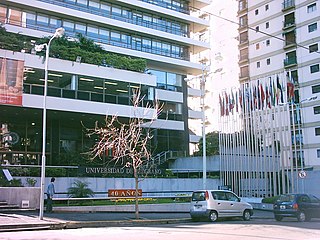
The University of Belgrano is a private university in Belgrano district of the city of Buenos Aires, Argentina. It was established in 1964.

Departments form the second level of administrative division, and are subdivided in municipalities. They are extended in all of Argentina except for the Province of Buenos Aires and the Autonomous City of Buenos Aires, the national capital, each of which has different administrative arrangements.

Luitpold Coast is that portion of the coast of Coats Land extending from the vicinity of Hayes Glacier, at 27°54′W, to 36°W, which is regarded as the eastern limit of the Filchner Ice Shelf. It was discovered by Wilhelm Filchner, leader of the Second German Antarctic Expedition, 1911–12, and named after Luitpold, Prince Regent of Bavaria.

Club Atlético Belgrano is an Argentine sports club from the city of Córdoba, best known for its football team, which currently plays in the Primera División, the first level of Argentine football league system, after being promoted from the 2022 Primera Nacional.
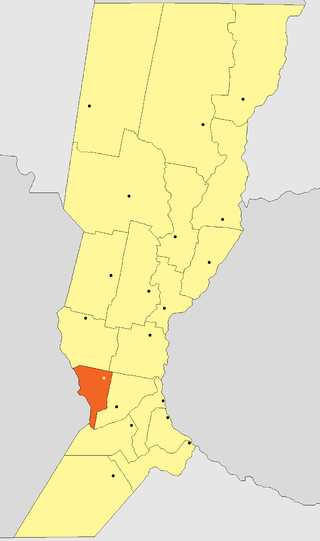
The Belgrano Department is an administrative subdivision (departamento) of the province of Santa Fe, Argentina. It is located in the southwest of the province. It limits with the departments of San Martín (north), San Jerónimo (northeast), Iriondo (east), and Caseros (south); to the west it limits with the province of Córdoba.

Club Atlético Defensores de Belgrano is an Argentine sports club from Nuñez, Buenos Aires. The club is mostly known for its football team, which currently plays in Primera Nacional, the regionalised second division of the Argentine league system.
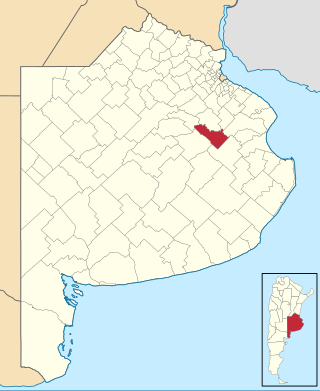
General Belgrano Partido is a partido east of Buenos Aires Province in Argentina.
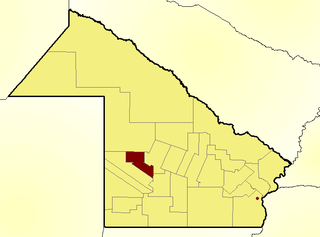
General Belgrano is a central department of Chaco Province in Argentina.

The Paraguay campaign (1810–11) of the Argentine War of Independence was the attempt by a Buenos Aires-sponsored militia, commanded by Manuel Belgrano, to win the royalist Intendency of Paraguay for the cause of May Revolution. In Paraguay it is considered as their War of Independence.
Sportivo Belgrano is an Argentine football club, which home town is located in San Francisco, Córdoba. The team currently plays in the Primera B Nacional, the second division of the Argentine football league system.

The Belgrano Sur line is an Argentine 1,000 mmmetre gauge commuter rail service in the Greater Buenos Aires area, currently operated by state-owned enterprise Trenes Argentinos. The Belgrano Sur runs over tracks and through stations built by the Franco–Belgian-owned Compañía General de Buenos Aires and British Midland companies at the beginning of the 20th century.
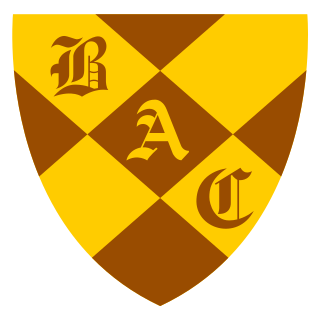
Belgrano Athletic Club is an Argentine amateur sports club from Belgrano, Buenos Aires. One of Argentina's oldest institutions still in existence, Belgrano was one of the four clubs that founded the Argentine Rugby Union in 1899. The senior team currently competes at Top 12, the first division of the Unión de Rugby de Buenos Aires league system.
Belgrano I Base was a permanent, all year-round Argentine Antarctic base and scientific research station, located on Piedrabuena Bay on the Filchner Ice Shelf. It was named after General Manuel Belgrano, one of the Libertadores and the creator of the Argentine flag.
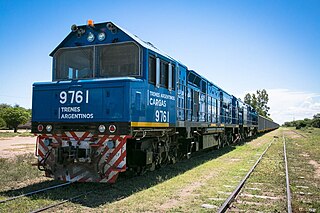
Belgrano Cargas y Logística S.A., trading as Trenes Argentinos Cargas, is an Argentine State-owned company which operates a 15,305 km (9,510 mi) freight rail network that includes Belgrano, Urquiza and San Martín railways. It is a division of Ferrocarriles Argentinos S.E..
